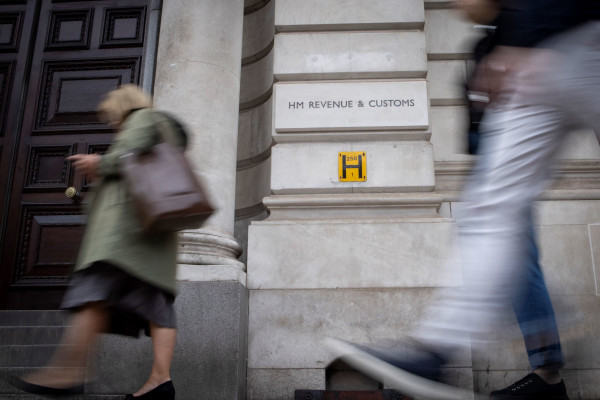The current capital gains tax system has been in place since 1965 and is most definitely due an overhaul if it is to bear any resemblance to how we live and work today.
Following the Chancellor’s request for a review of capital gains tax last summer, the Office of Tax Simplification have published two reports outlining their findings.
The first report considered the policy design and underlying principles of the tax system, focusing in particular on how the operation of some tax reliefs can cause a distortion in behaviour. The May 2021 report which we will consider today focuses on the practical, technical and administrative issues of CGT.
The theme of the report is about raising awareness of the requirement to pay and report CGT, and in addition, making that reporting and payment more intuitive and practical. The investment into the single customer account is high on the agenda with a proposed investment of £68m committed in Budget 2021.
There is a lot of effort being invested into a tax that affects comparatively few individuals. Only 256,000 people pay CGT compared with 31m who pay income tax annually. So, what are the issues?
The results
The recommendations fall within three themes:
- Difficult areas that will make a longer term difference
- Standalone recommendations
- Those that affect a significant number of people.
Those areas that should make a longer term difference are:
The personal tax account
The personal tax account, which will become the single customer account has been in place for a while with 19m taxpayers signed up to use it.
There are currently three different ways of reporting a capital gain:
- The UK property return
- The ‘real time’ capital gains tax return
- Self assessment tax return
The OTS recommendation is unsurprisingly to ensure reporting is done via the new online platform. This will give taxpayers the ability to report and pay their capital gains tax, and record losses and tax reliefs in one practical place and has to be the desired way forward.
Private residence relief
Private residence relief costs the exchequer £25bn per year so it is not surprising that this has come under scrutiny. Where the process is simple – one home with no periods of absence - then a claim is straightforward. Where however there are periods where the homeowner works away, or have a second home the process becomes more complicated.
As an example, where a taxpayer purchases a second home they are able to nominate which of the properties they consider to be their main home within a two year window.











